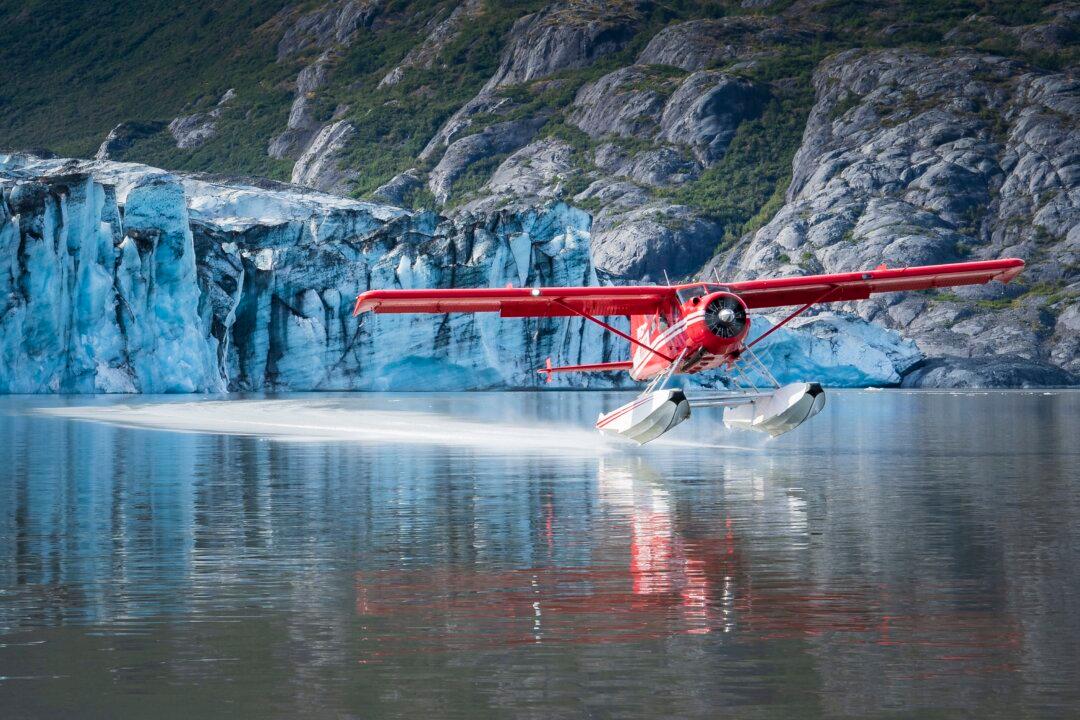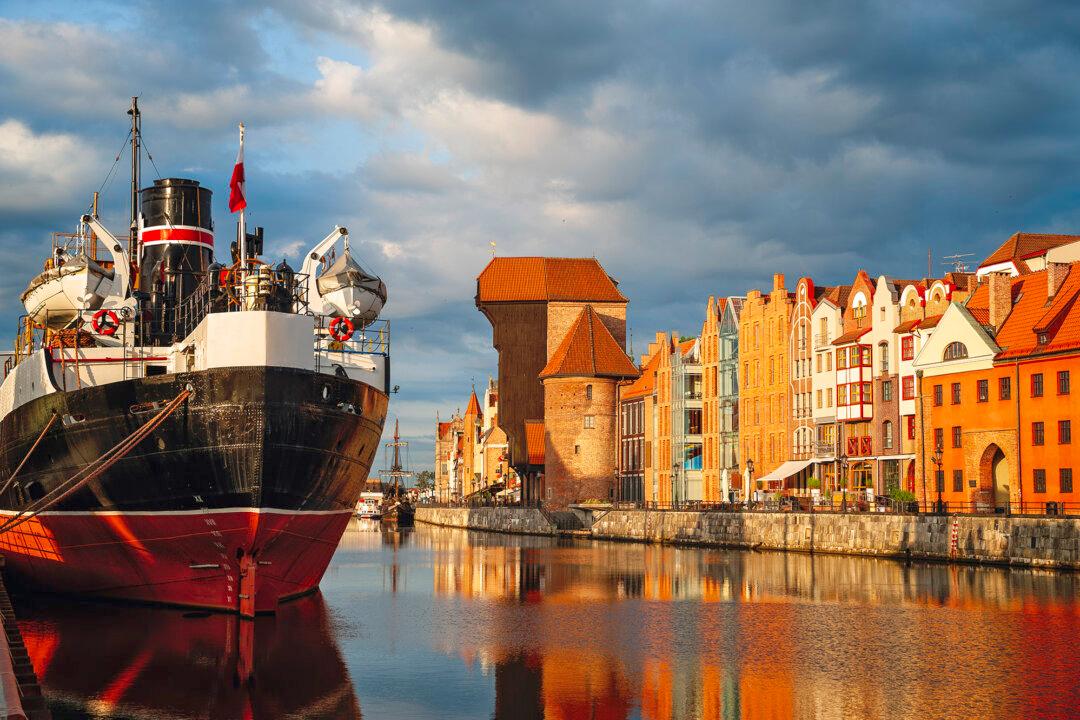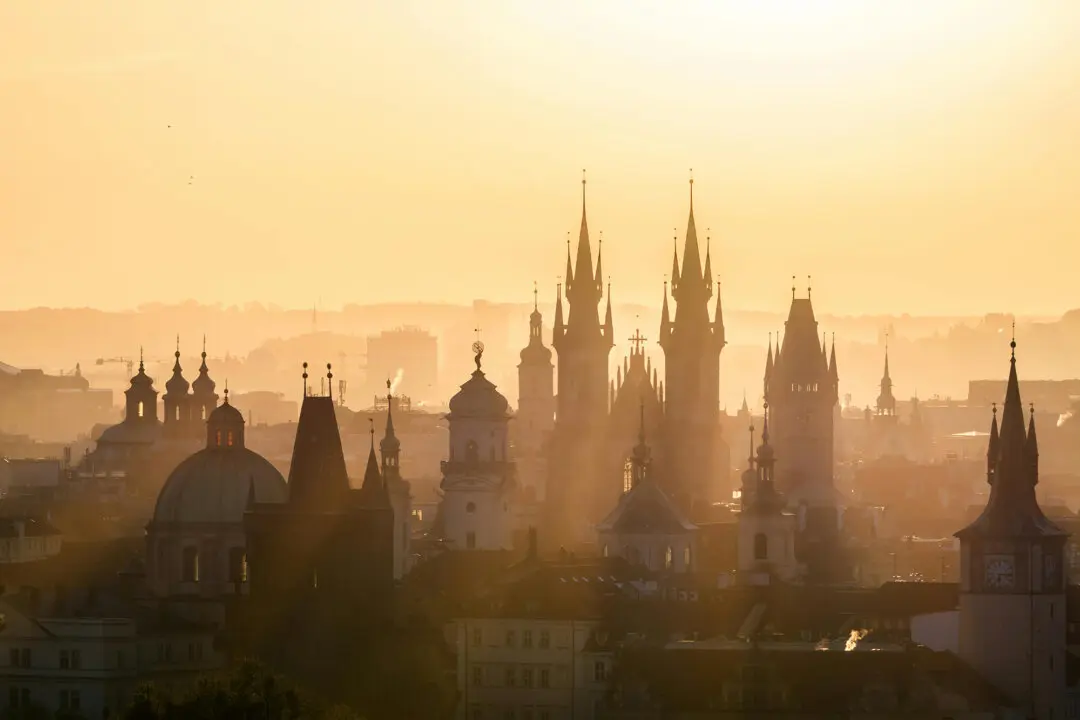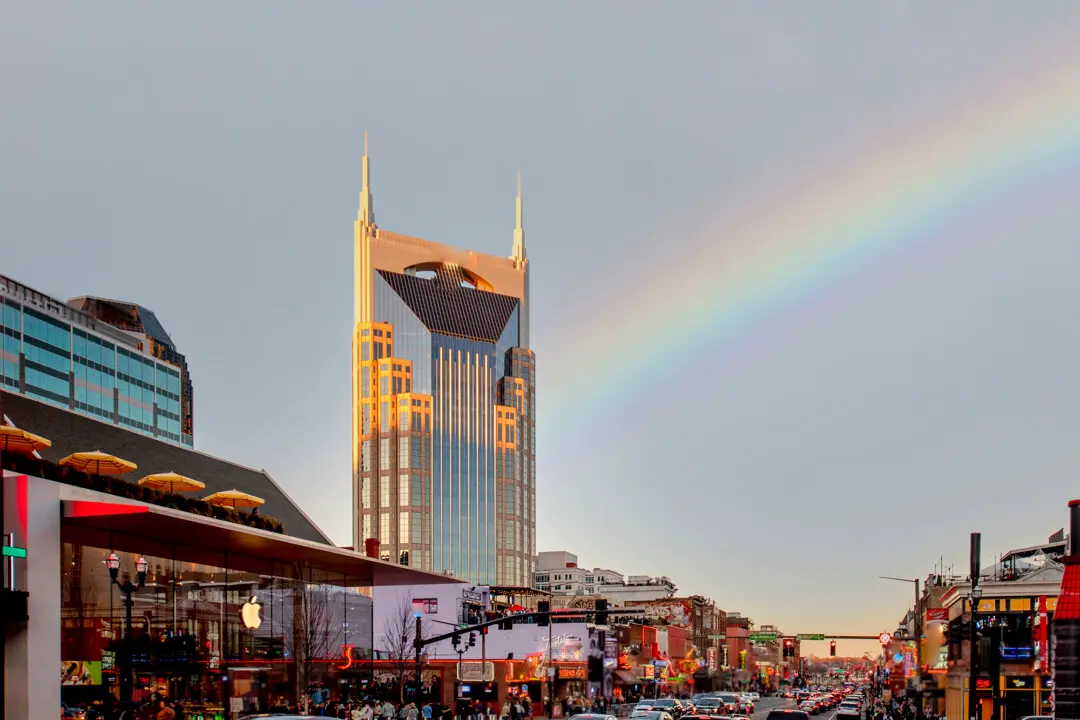This is a city of pilots, and I was riding with one of the best. In America’s last frontier, a state that you could fit Texas into twice and still have plenty of room left over, things aren’t often close at hand. So here in Anchorage, the easiest solution is often this: just fly.
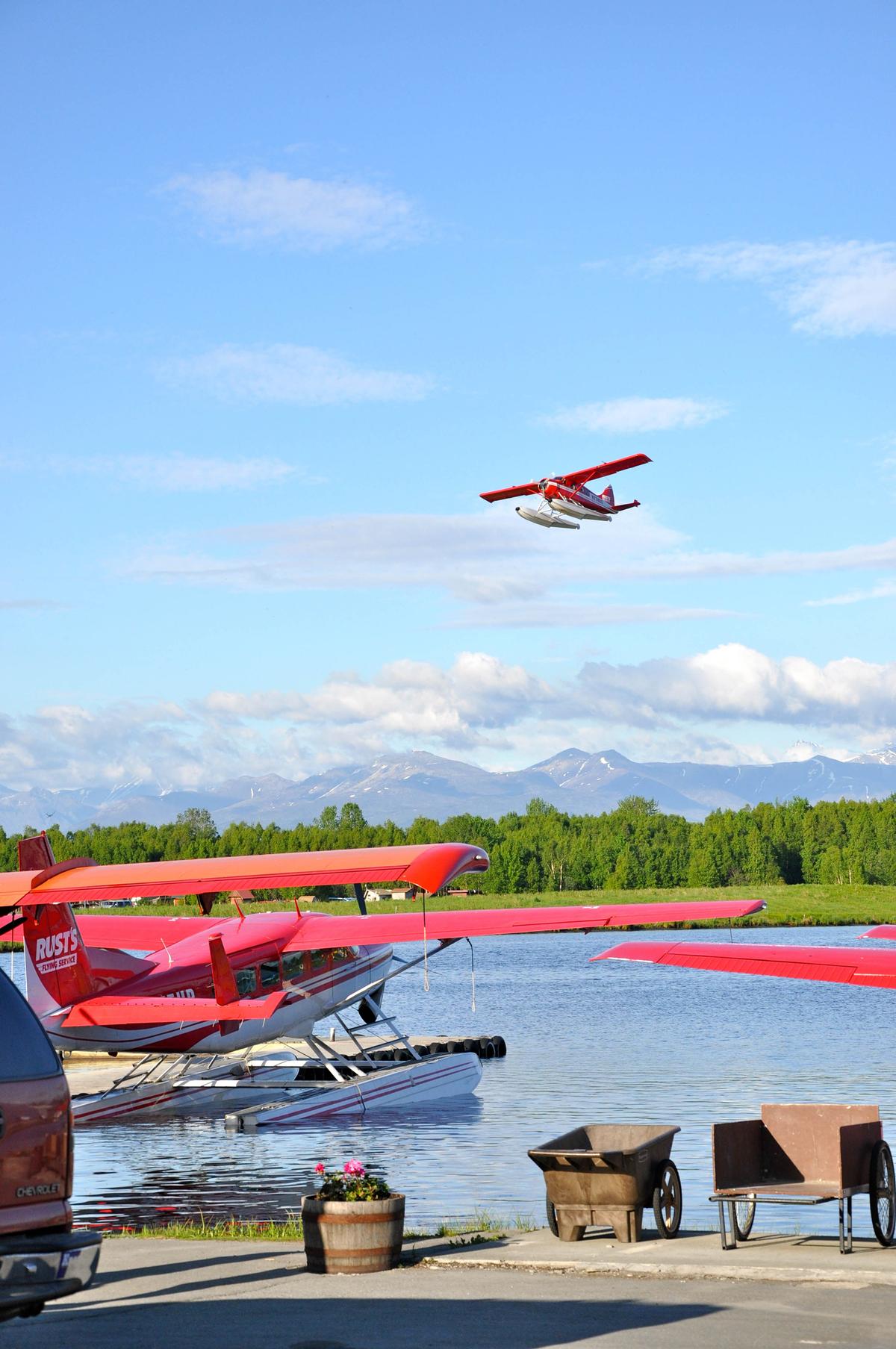
A Rust's Flying Service float plane departs Lake Hood in Anchorage, Alaska. Roy Neese/Visit Anchorage

